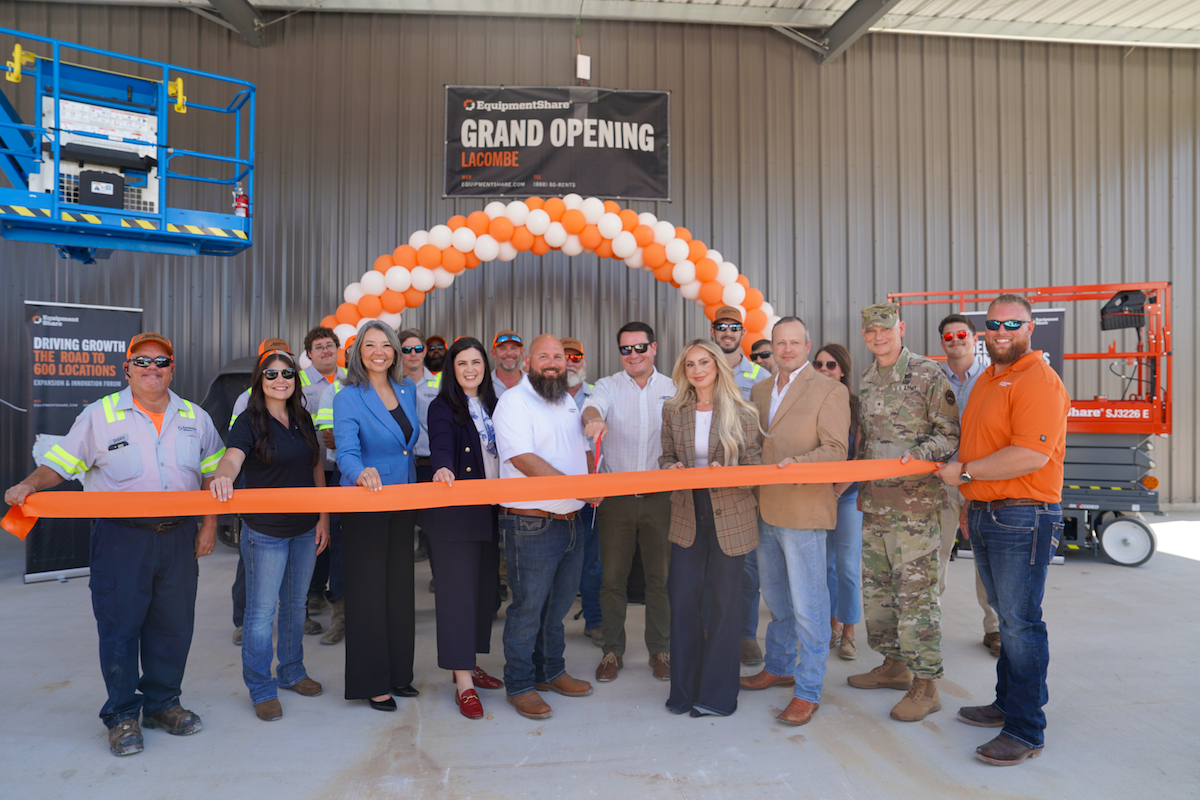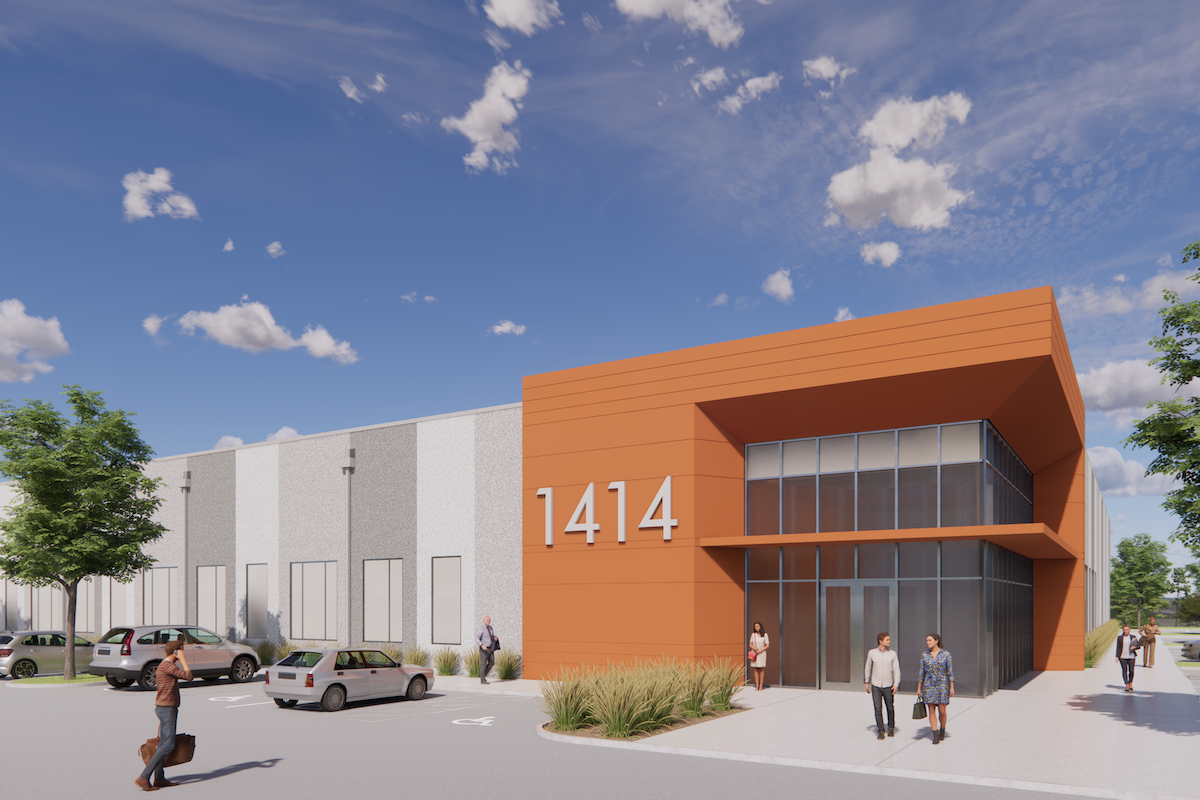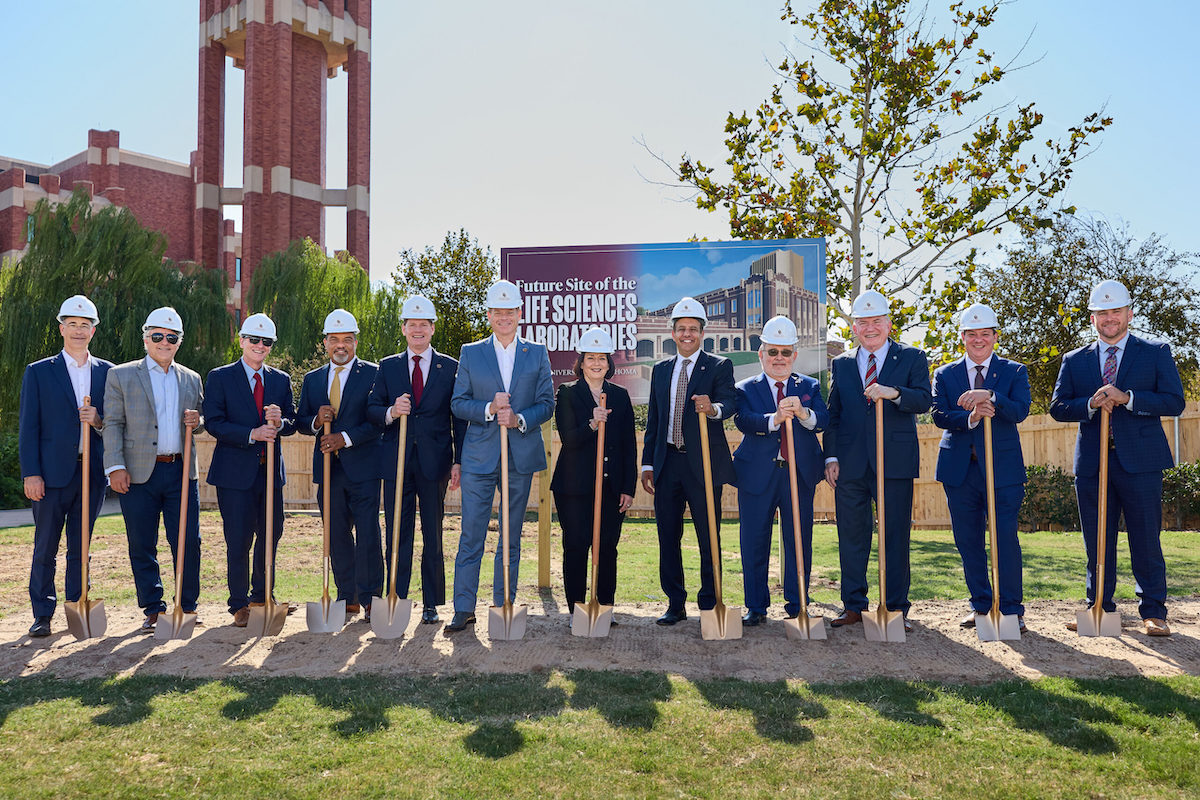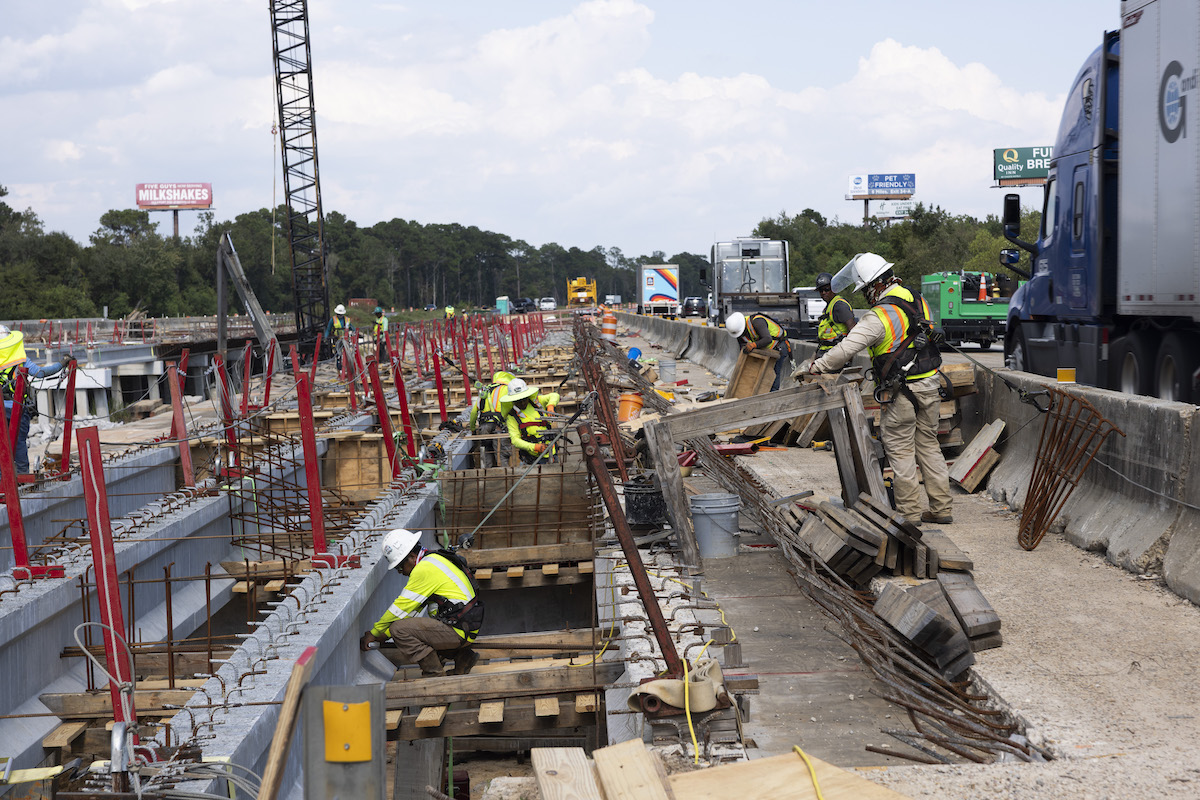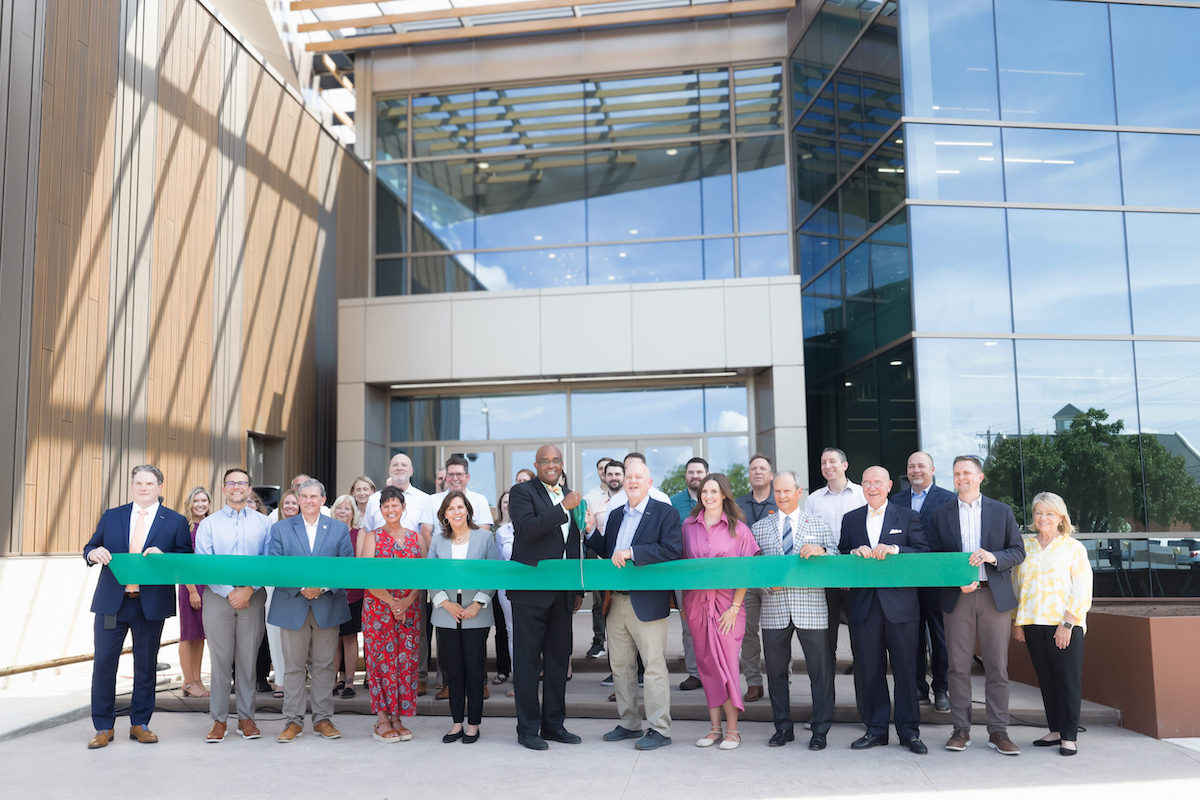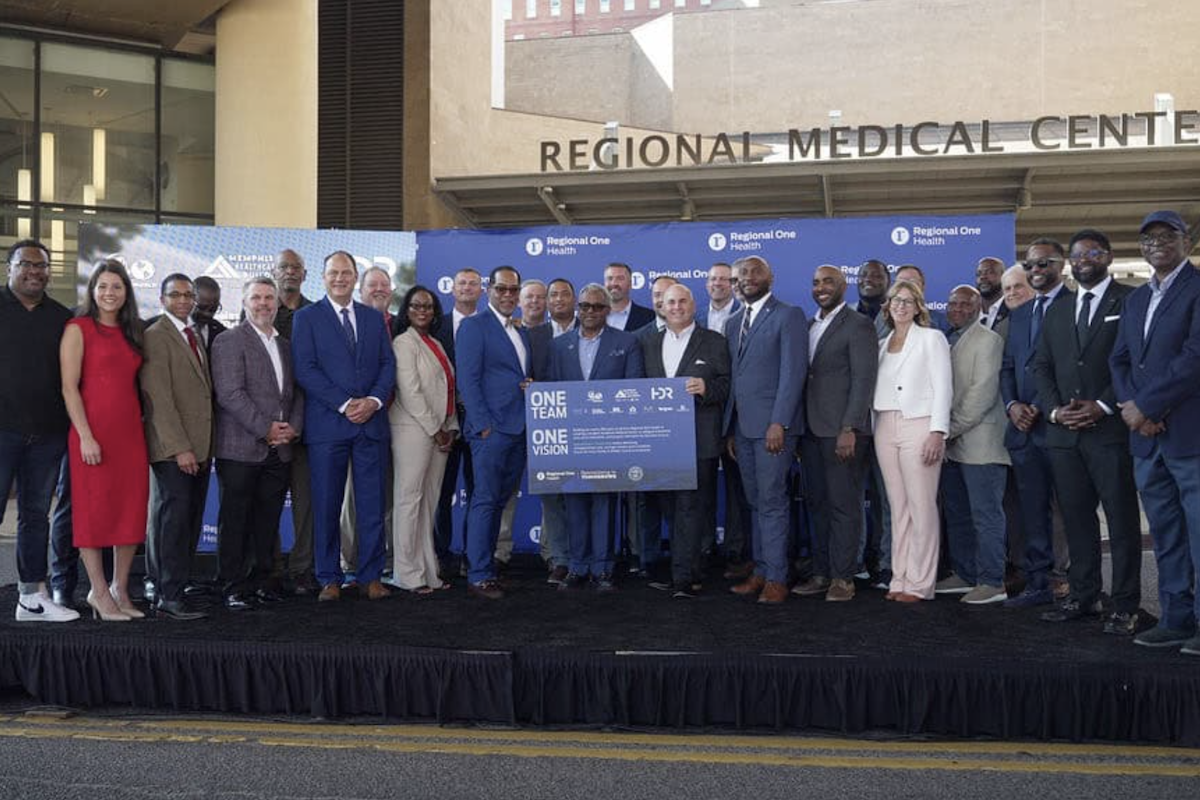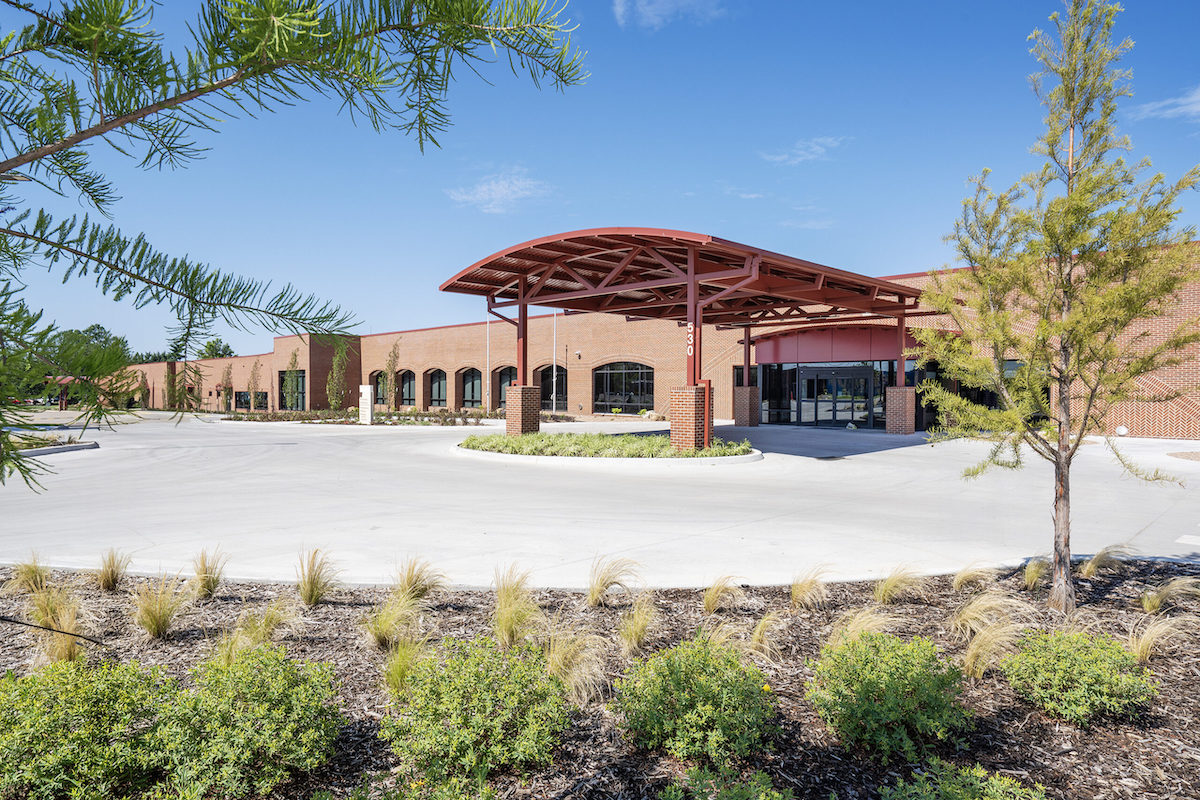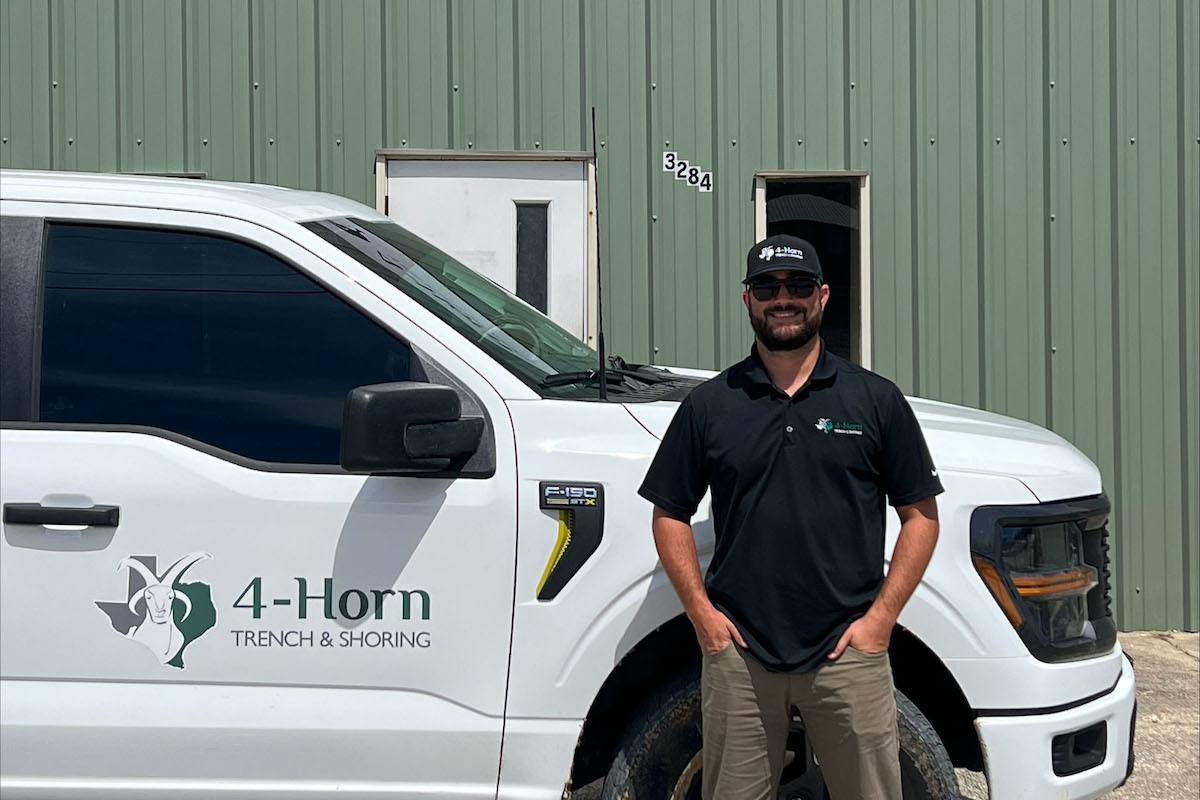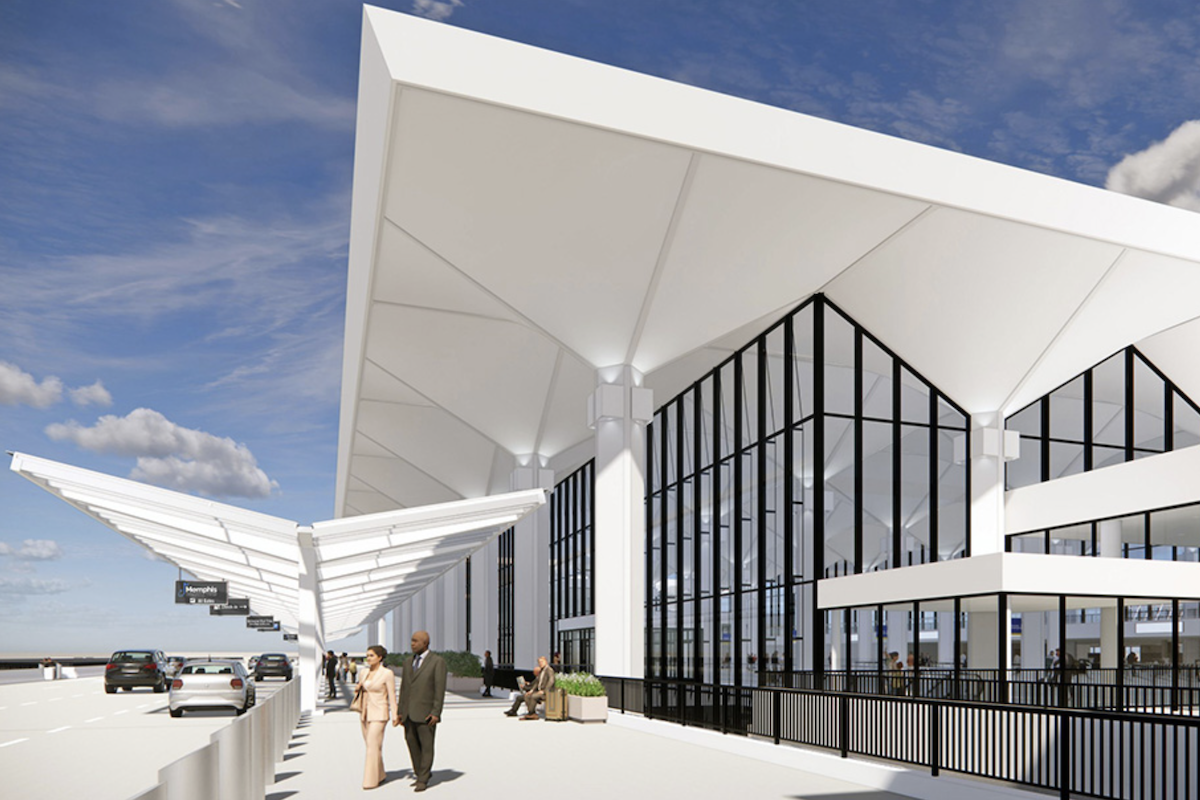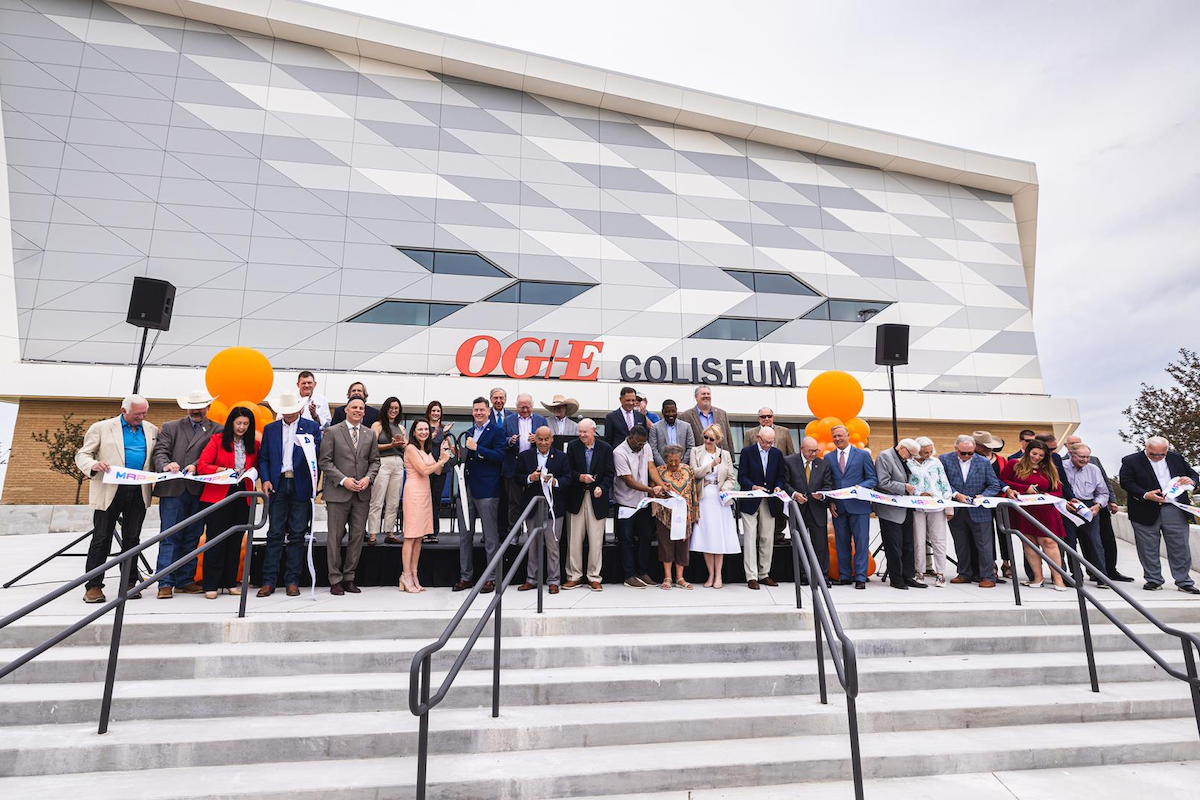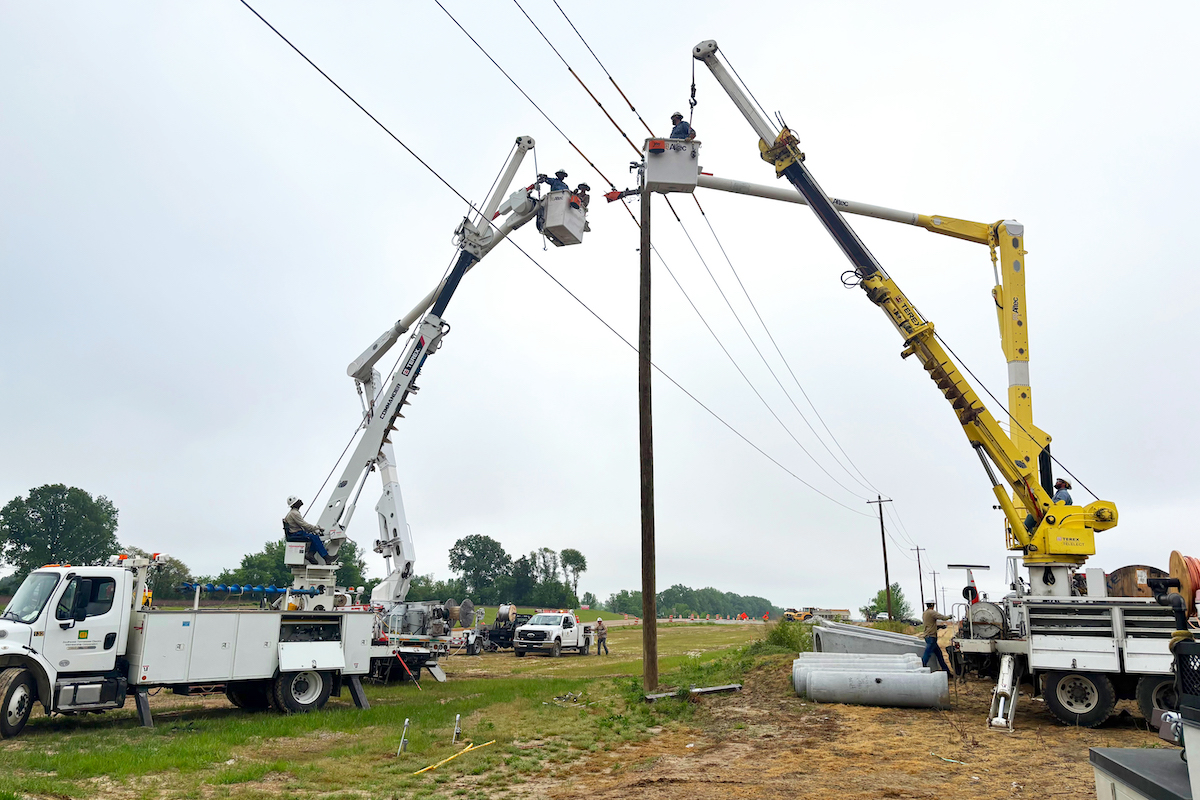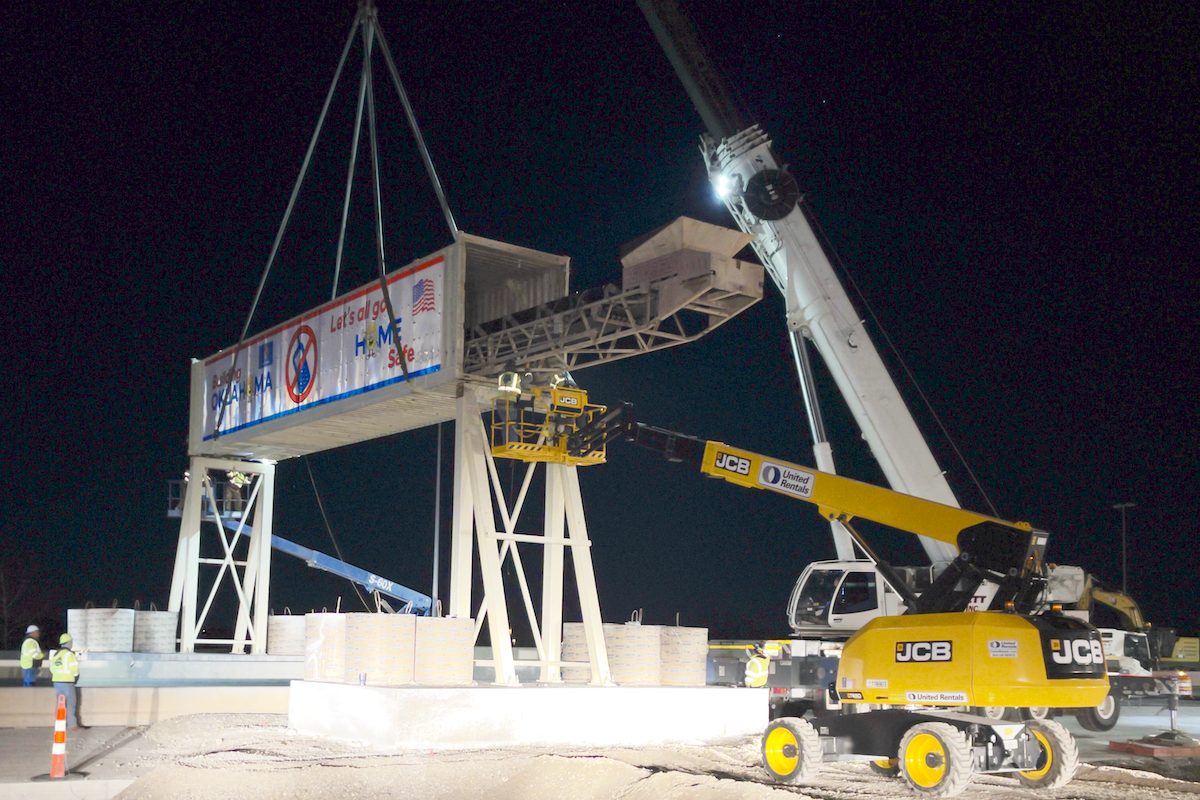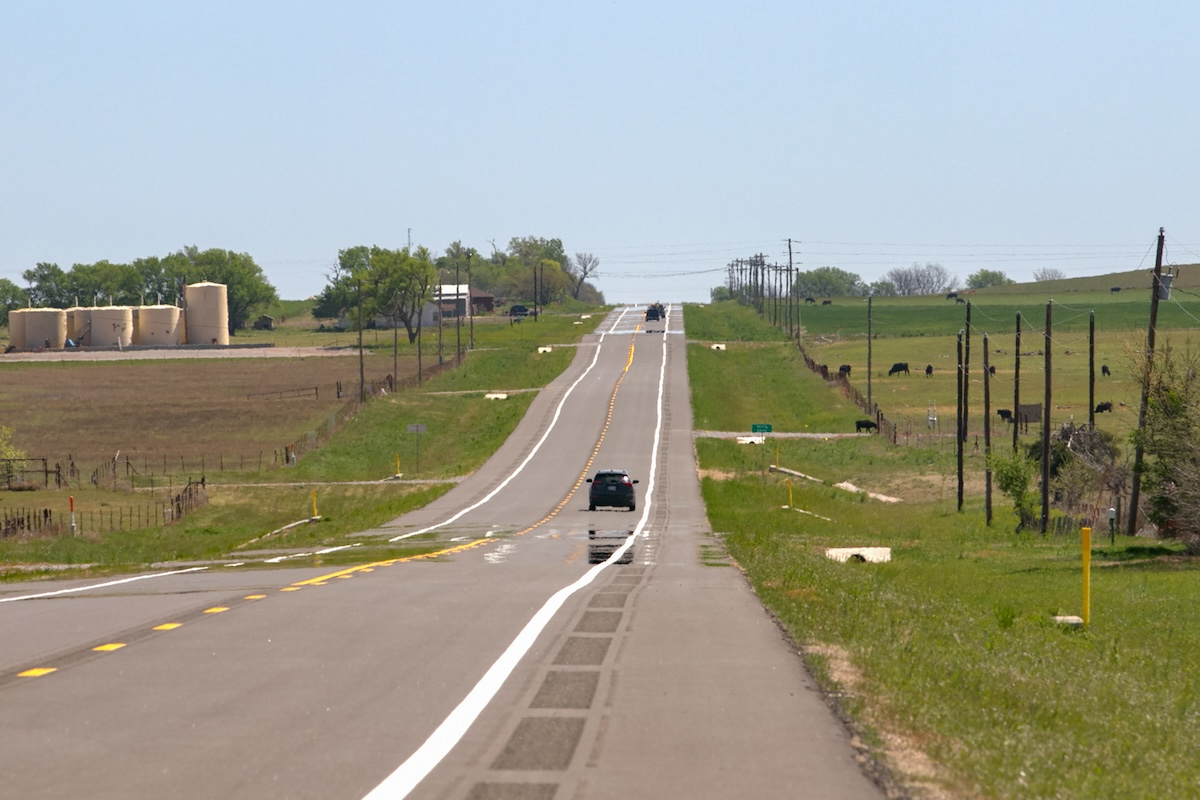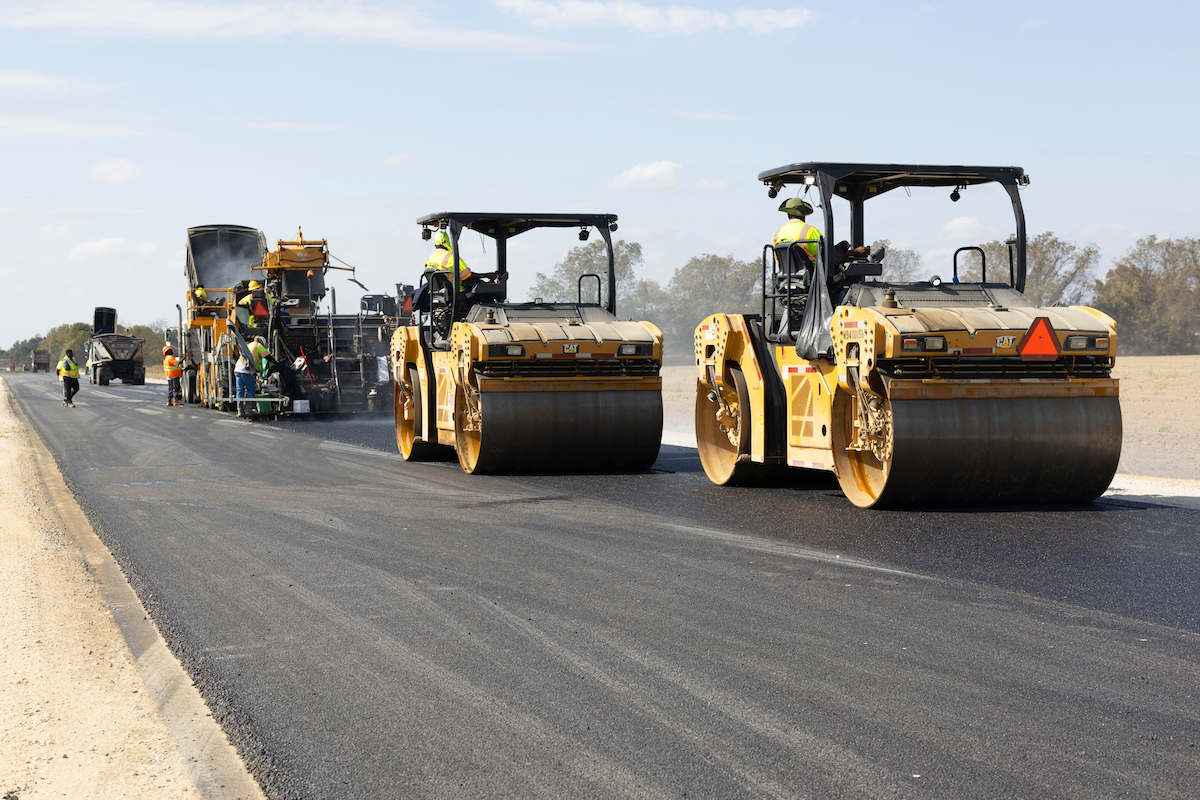Highway work zone safety is a growing responsibility, far more than just a checklist. With emerging technologies like Smart Work Zones, Intelligent Transportation Systems (ITS), and AI-driven traffic management, the focus is on keeping workers and the public safer at every stage of the journey.
As we start 2025, these advancements are setting a new standard for efficiency in road construction.
Smart Work Zones transform traffic management by integrating hardware, software, and cloud technology to deliver live traffic data. This real-time information allows work zone conditions to be adjusted on the fly, responding to what’s happening on the ground to maintain a constantly updated view of traffic flow, speeds, and congestion levels across every site.
Intelligent devices like smart cones and barrels are a key part of this setup. As sensor-equipped traffic-calming tools, they can monitor speeds, congestion levels, and sudden surges in volume. If an unexpected traffic buildup occurs, the devices can communicate with digital display boards to automatically lower speed limits or issue warnings to drivers.
Automated Flagger Assistance Devices (AFADs) are another key technology in Smart Work Zones. AFADs are especially valuable in high-volume areas, as they keep workers out of harm’s way. In a traditional scenario, flaggers must stand in or near the path of oncoming traffic to manage flow. This necessary but risky task can now be managed remotely from a safe distance by incorporating AFADs. In highly congested or complex work zones, this significantly reduces workers’ exposure to moving vehicles.

| Your local Komatsu America Corp dealer |
|---|
| Kirby-Smith Machinery |
| WPI |
By combining these tools, Smart Work Zones deliver safer and more flexible traffic control for workers and drivers. Looking ahead as technology improves, the emphasis will remain on creating systems that adapt quickly and prioritize safety.
ITS technology is revolutionizing highway work zones by providing drivers with real-time updates through message boards, navigation apps, and connected vehicles. ITS ensures that drivers stay informed about lane closures, slower traffic, and other road changes. The goal always stays the same: helping drivers make faster, safer decisions before entering the work zone.
Think of a driver approaching a work zone with ITS in place. While digital message boards warn of lane closures or slow traffic, GPS apps like Waze, connected to the system, suggest alternate routes to keep traffic moving. That real-time communication improves traffic flow and fundamentally changes work zone operations to make them safer and more efficient.
New guardrail detection systems also make roads safer by instantly alerting transportation departments to damage so repairs can be made quickly. Future devices could go a step further by notifying first responders of accidents.

| Your local Trimble Construction Division dealer |
|---|
| SITECH Tri-Rivers |
Artificial intelligence is another key player in making future work zones more secure. AI is more than just a response tool — it’s a proactive measure to anticipate and prevent potential hazards before they escalate. By analyzing data from historical traffic patterns, sensor readings, and vehicle telematics, AI identifies patterns that might otherwise go unnoticed.
For instance, if AI notices frequent hard braking or close calls in a specific area, it flags the location as high-risk and recommends changes such as reducing speed limits, adding clearer signage, or redesigning lanes. These proactive steps shift work zones toward a preventative approach in avoiding accidents.
AI also simplifies work zone planning and setup by automating traffic control planning measures to meet state and local compliance standards. This technology helps identify setup errors early, ensuring that work zones are clear and efficient from the beginning. For instance, AI-powered computer vision can check cones, barrels, and signs for proper placement, lessening the need for manual oversight.
Integrated Smart Work Zones, Intelligent Transportation Systems, and AI-driven predictive traffic management represent the future of work zone safety and efficiency. This approach envisions a highway system where work zones are fully connected to traffic flow, delivering real-time updates to drivers and empowering construction crews to adapt instantly to changing conditions.

| Your local Wirtgen America dealer |
|---|
| Kirby-Smith Machinery |
Smarter, more connected work zones prioritize safety for everyone on the road, setting the foundation for a safer, more efficient future.
Cornelius Morgan is the Senior Director of Environmental Health and Safety North America at AWP Safety. With years of experience in the utility and construction sectors, he is well-versed in cultivating a culture of vigilance for complex operations including civil infrastructure, power generation, and vegetation management. He holds multiple industry certifications, including Certified Safety Professional, Master Safety Professional, Certified Tree Safety Professional, Associate Safety Professional, Construction Health and Safety Technician, Occupational Hygiene and Safety Technician, and Associate Safety and Health Manager.















